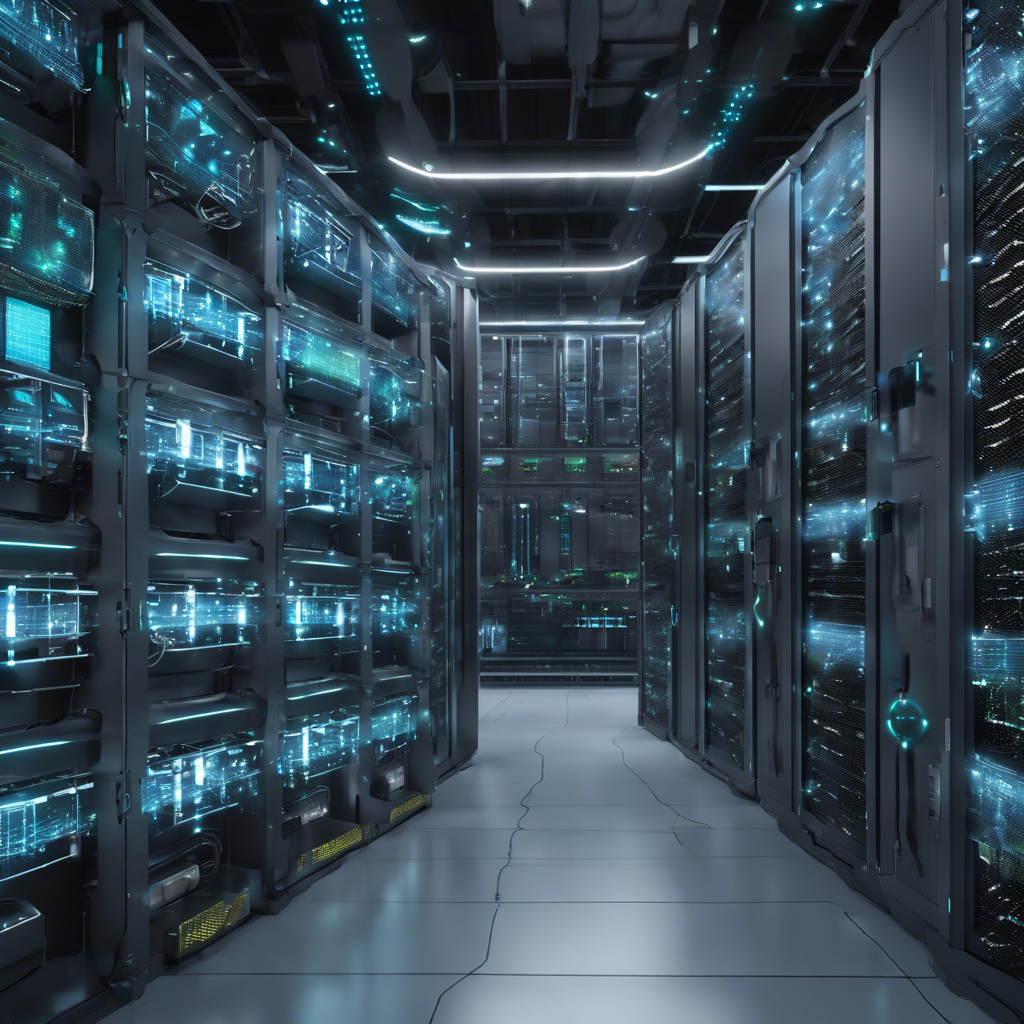
The release of a framework by the US Department of Homeland Security (DHS) aimed at ensuring the safe deployment of AI in critical infrastructure has received mixed responses. This first-of-its-kind resource was developed with contributions from various sectors, including AI developers and critical infrastructure operators, under the Artificial Intelligence Safety and Security Board, formed by DHS Secretary Alejandro Mayorkas. The board's goal is to provide clear guidance on deploying AI securely across the supply chain. Mayorkas emphasized that AI presents a significant opportunity to enhance the resilience and strength of US infrastructure while acknowledging associated risks like vulnerabilities in AI systems. The DHS framework identifies three main categories of AI vulnerabilities: attacks using AI, AI system attacks, and design flaws, recommending specific actions for stakeholders. Analysts like Naveen Chhabra see this as an ongoing document, due to expected advancements in AI.
Chhabra noted that the framework reflects the AI industry's unique situation, where it seeks governmental intervention to develop secure AI, especially considering the potential for AI systems to surpass human intelligence. Peter Rutten from IDC stressed the importance of guidelines to secure AI development and prevent data misuse, echoing concerns from the tech industry about potential AI misuse. There's a call for regulation to ensure everyone abides by the same rules, creating a level playing field. Bill Wong of Info-Tech Research Group, however, pointed out challenges in adopting government guidelines, such as differing priorities between public and private sectors. He also suggested leveraging existing frameworks like the NIST AI Risk Management Framework and focusing more on helping organizations establish responsible AI strategies. David Brauchler from NCC views the framework as a step in AI governance, aligning security and privacy needs with traditional software systems. He noted the document's recognition of new risks introduced by AI and the importance of safeguarding data and maintaining human oversight in critical applications. Overall, while the framework is seen as a crucial starting point for addressing AI-related vulnerabilities in critical infrastructure, it also highlights the ongoing need for evolving governance and security measures in the AI realm.
DHS Unveils AI Framework for Secure Infrastructure Deployment

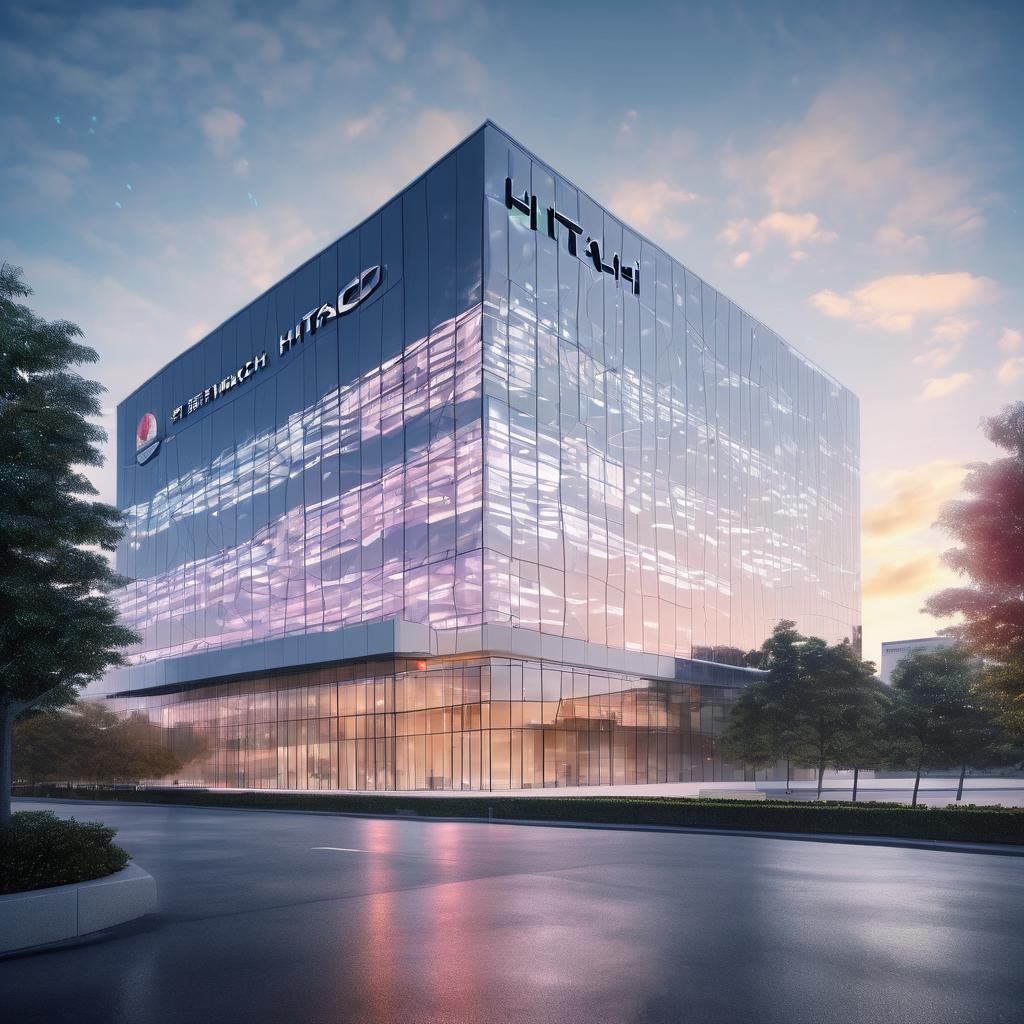
Hitachi, Ltd.

MarketOwl AI has recently introduced a suite of AI-powered agents designed to autonomously handle various marketing tasks, presenting an innovative alternative that could replace traditional marketing departments in small and medium-sized enterprises (SMEs).
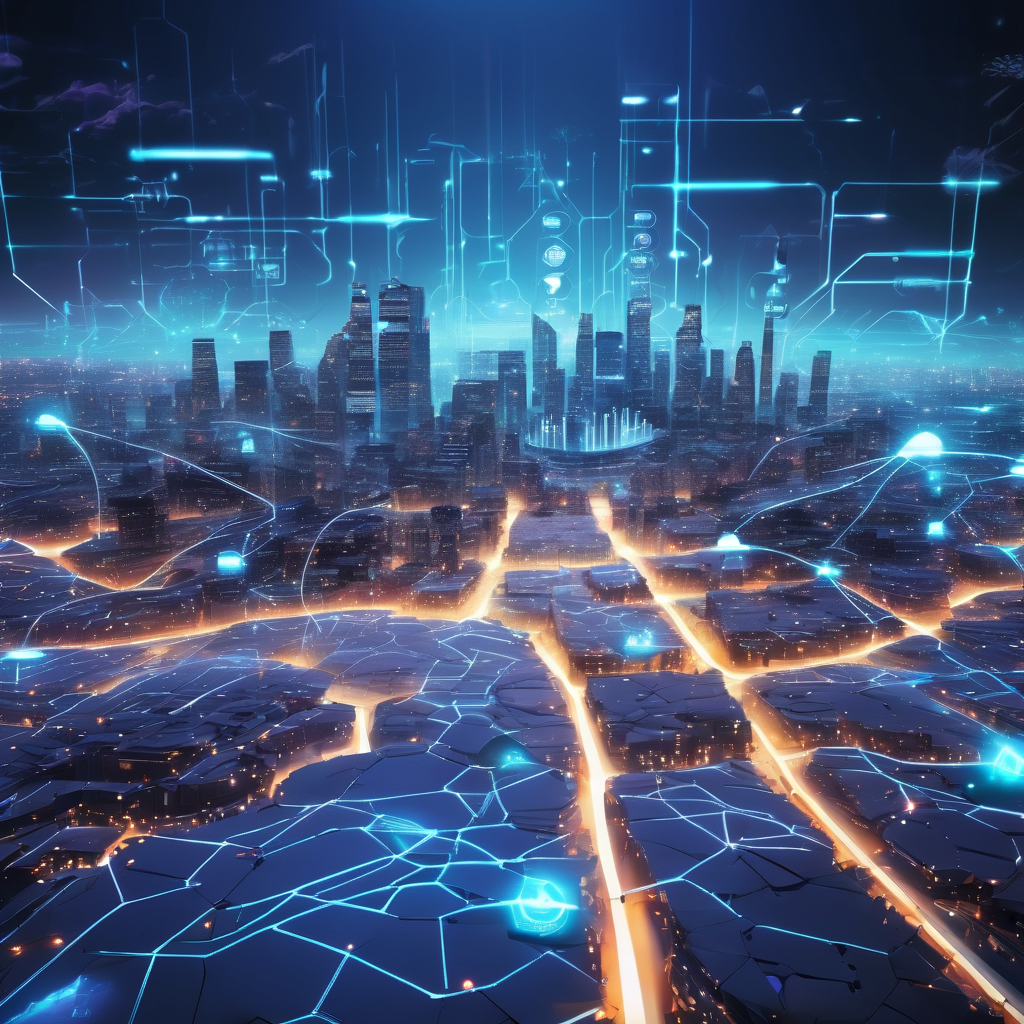
Google’s launch of AI Mode in 2025 signifies a groundbreaking evolution in search engine interaction, profoundly transforming online search behavior and content optimization.

Nvidia is on the brink of making history as it nears becoming the first company to reach an astonishing $5 trillion market valuation.
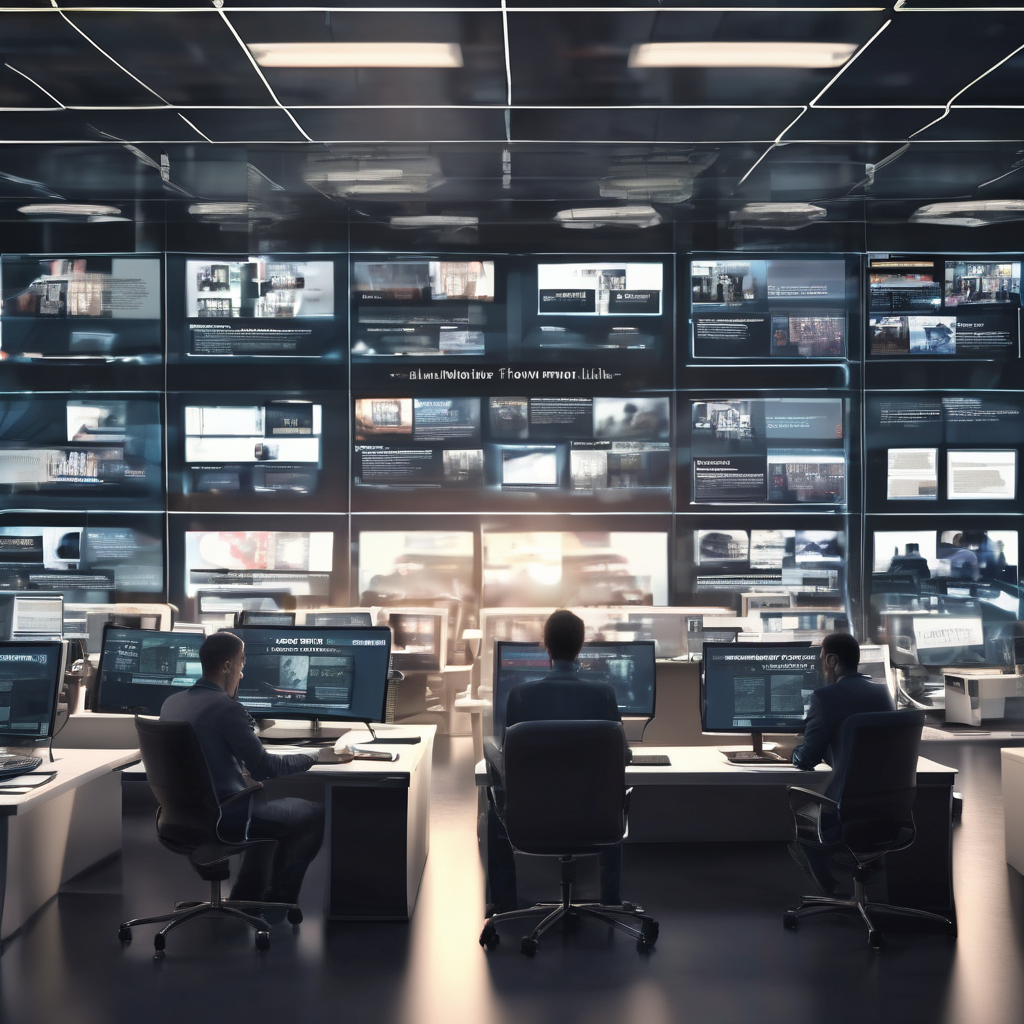
At a prominent session during the NAB Show New York, newly released survey data highlighted considerable public concern about artificial intelligence (AI) and its potential effects on trust in journalism.

By Jordan-Ashley Walker On a cloudy Thursday morning in September, Rhett Epler, an assistant professor of marketing at the Strome College of Business, sits at his desk in Constant Hall, engaging in a video call with a prospective client
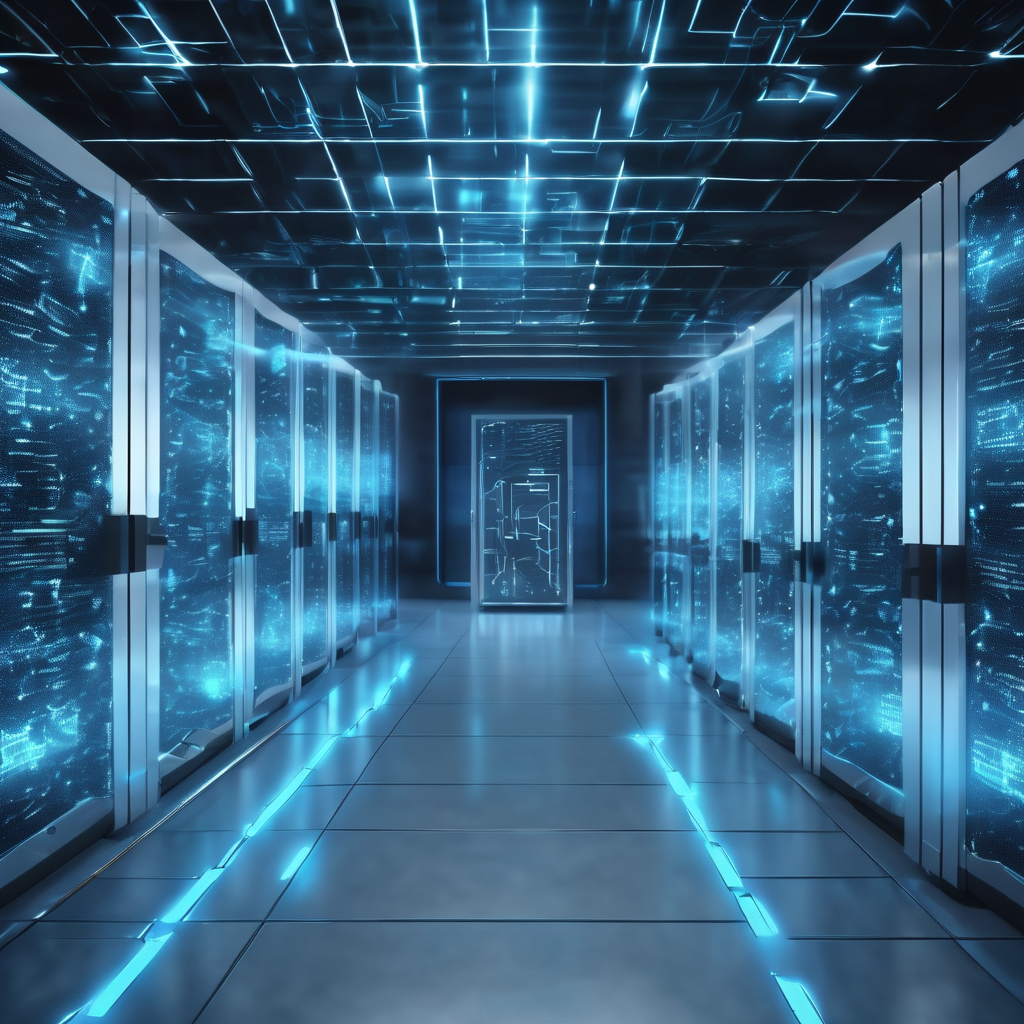
Palo Alto Networks is significantly advancing its cybersecurity solutions by integrating sophisticated artificial intelligence (AI) technologies to combat escalating global cyber threats.
Launch your AI-powered team to automate Marketing, Sales & Growth
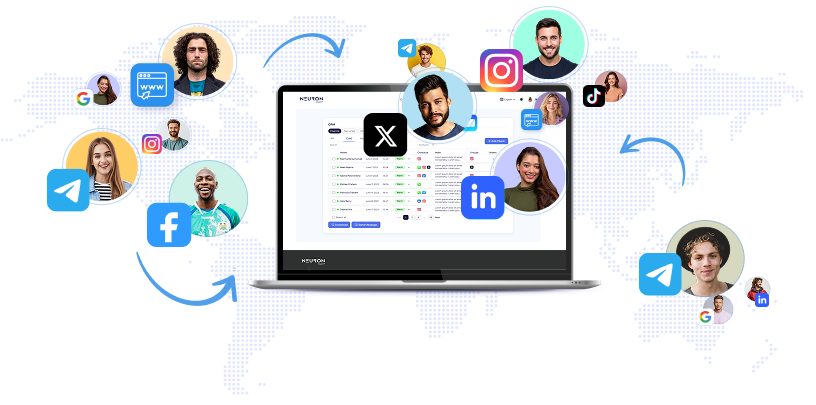
and get clients on autopilot — from social media and search engines. No ads needed
Begin getting your first leads today